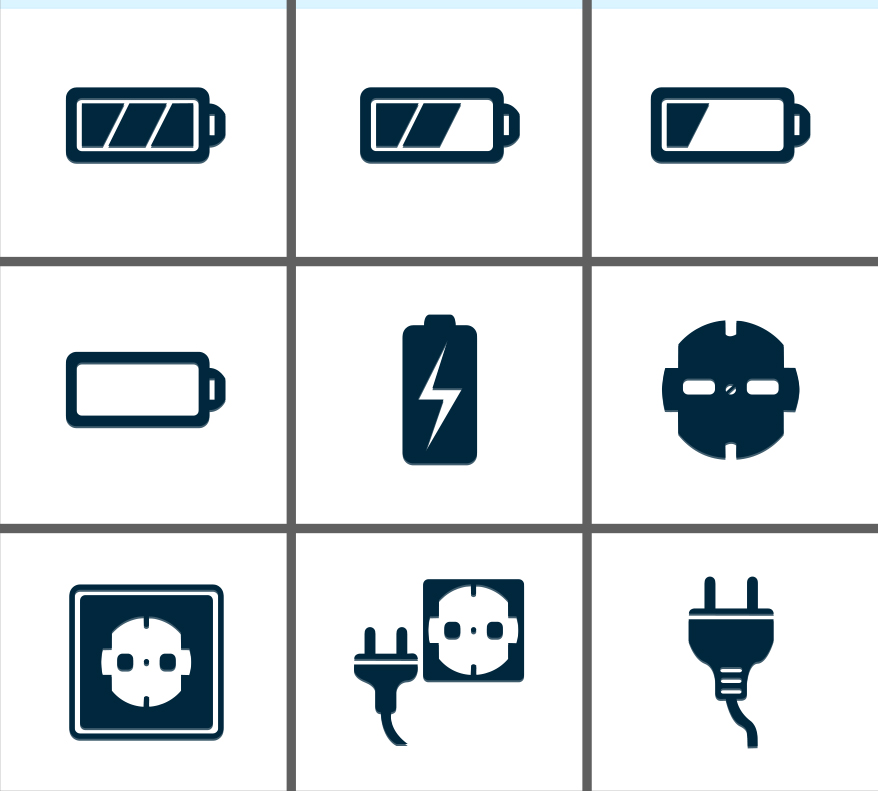Demystify TSA lithium batteries 2019
Jul 16, 2019 Pageview:2196
What an excitement that you have been hired to shoot photos/videos abroad! This is one of the best moments in the lives of photographers when you know you have been recognized by someone higher. You want to make sure the world knows your talent, and nothing will stop you.
But wait a minute, how are you going to travel with your batteries? You will need to carry a number of them because you can’t afford to get the project done halfway.
One of the worst experiences of lithium-ion batteries was the Galaxy Smartphone explosion. The battery went into flames on board. Ever since people have been paranoid about traveling with lithium-ion batteries. You have to be very careful about getting them on board.
Many airlines have restrictions about the usage of these batteries on board, and they all follow the TSA directive.
For standard batteries, there is no problem with them. You can carry as many as you want for your trip. Just 2make sure you put them in their original packages. But for lithium batteries, TSA is afraid they may short out if you keep them in your bag.
2019 TSA lithium battery restrictions
There are two compartments in each Li-ion battery. They are separated by a thin piece of plastic to make sure they never meet. If they meet, they cause a reaction that ends in an explosion. This does not happen very often because they are designed not to come in contact.
With accidents, however, no one knows what might happen. When they are kept in a place that does not provide a conducive environment, the two components may collide. TSA is afraid something like that mat happens and causes a disaster. They have provided guidelines and restrictions.
Batteries in components
Your Smartphone, laptop, camera, and other similar devices have lithium batteries. These are batteries that have become far too common in the electronics industry.
TSA regulation states that lithium batteries must be under 100 watt-hours (Wh). Batteries into components meet this regulation and have no issues being inside a plane. The batteries in your devices will, therefore, be checked in without any trouble.
As long as you keep the batteries inside the device, you can carry them any way you want. They have no threat to the lives of those on board.
Spare batteries
When you are traveling for an important photography mission, you don’t want anything to go wrong, especially where power is concerned. This is why many people carry spare batteries with them when traveling. But that is not an easy thing to do with all the rules considered.
Spare batteries, just like the others in components, must travel under 100 watt-hours. Even if they are at that rate, they may not be checked in. You have to put them in your carry-on.
If you have many batteries, therefore, put them in an SKB case. That is the only way you are going to get ahead with them. With the limitation at 100Wh, it is important that the case you carry them in is safe enough.
The good news is, there is no weight restriction. You can carry as many batteries as you want as long as that will make your work easy. But you must ensure they are below the limit wattage per hour.
For big batteries
Batteries come in different wattages. Some batteries go beyond 100 watt-hours. Take, for instance, batteries that run electric vehicles; they have to be strong enough to give power.
Batteries that are 100 watt-hours but less than 160 watt-hours should be carried on. You will not check them in.
When buying batteries, try getting those that have been approving. For instance, Indi Pro 98, are lithium batteries you can take on a plane. They meet TSA requirements and come with documents that say 98 is approved. Even if you have allotted of them, you can bring them on board as you wish.
There are many restrictions that TSA has put in place regarding the carrying lithium batteries on planes. As a passenger, you need to be aware of these restrictions and put necessary measures in place to ensure you don’t get into trouble.
2019 TSA approved lithium battery usage
Lithium batteries are quite powerful. This is one of the reasons they are so popular today. And they just keep getting better as days go by.
TSA recommends that you prepare your batteries well when traveling. As mentioned above, batteries have contact points, and TSA does not like it when they come into contact. This can cause a shorting, which may result in an explosion.
If you are traveling and must carry many batteries, it is recommended that you cover the contact points. Use an electrical tape for this as it will stop the batteries from shorting.
Another great way to keep your batteries is by using the original box. Such boxes that come originally with products have been designed with specifications that ensure the item is safe.
Consider using plastic zip-lock bags as well. But if you use these, ensure each battery is put in its bag.
TSA is stopping to check your luggage if you are carrying many batteries. If they are not inside the devices, you might have trouble traveling with them unless they are well packaged.
2019 TSA lithium battery misunderstandings
You need to get some knowledge about traveling with lithium batteries, set out by the TSA. Otherwise, you may find yourself in real trouble.
There are many misconceptions about the rules set out by the TSA. Some people may believe that the TSA has banned traveling with lithium batteries. But that is not the case. You only need to know how to package the batteries, and you are good to go.
Most times, misunderstandings come in regarding size limits and quantity limits. TSA permits you to carry battery rating up to 100Wh. The smaller ones bring no issues. But for quantity, you can carry as many as you want.
If you are traveling and carrying some things you have never traveled with, ensure you read instructions carefully. TSA has several rules about lithium batteries because of safety concerns as shared above. This should help you stay out of trouble.
- Prev Article: How much do you know about puffy LiPo batteries?
- Next Article: DIY lithium batteries: how to build your own battery packs
Leave Message
Hottest Categories
-
Hottest Industry News
-
Latest Industry News













